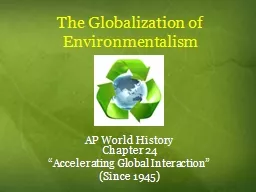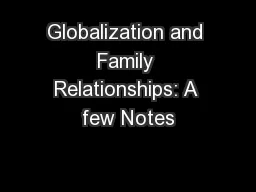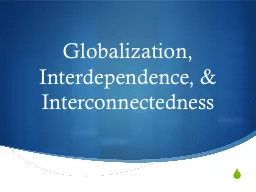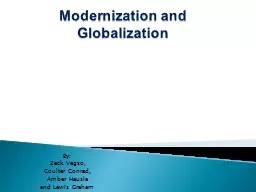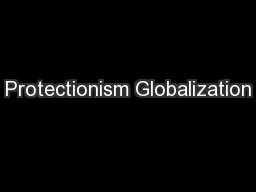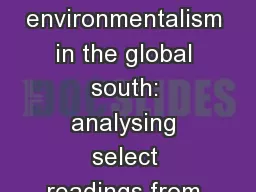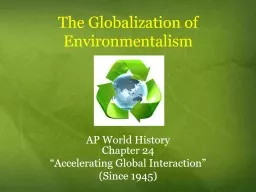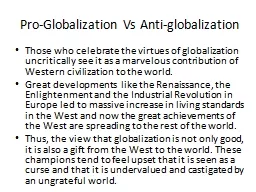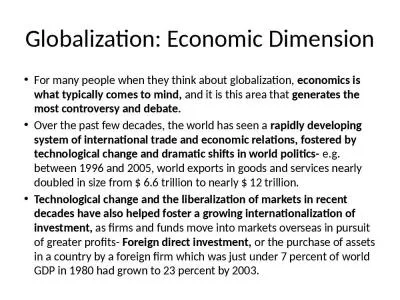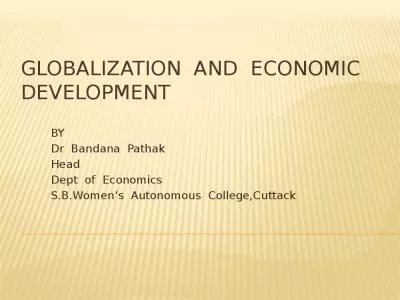PPT-The Globalization of Environmentalism
Author : lindy-dunigan | Published Date : 2017-04-18
AP World History Chapter 24 Accelerating Global Interaction Since 1945 Environmental Changes 3 major factors accelerated the impact of humans on the environment
Presentation Embed Code
Download Presentation
Download Presentation The PPT/PDF document "The Globalization of Environmentalism" is the property of its rightful owner. Permission is granted to download and print the materials on this website for personal, non-commercial use only, and to display it on your personal computer provided you do not modify the materials and that you retain all copyright notices contained in the materials. By downloading content from our website, you accept the terms of this agreement.
The Globalization of Environmentalism: Transcript
Download Rules Of Document
"The Globalization of Environmentalism"The content belongs to its owner. You may download and print it for personal use, without modification, and keep all copyright notices. By downloading, you agree to these terms.
Related Documents

